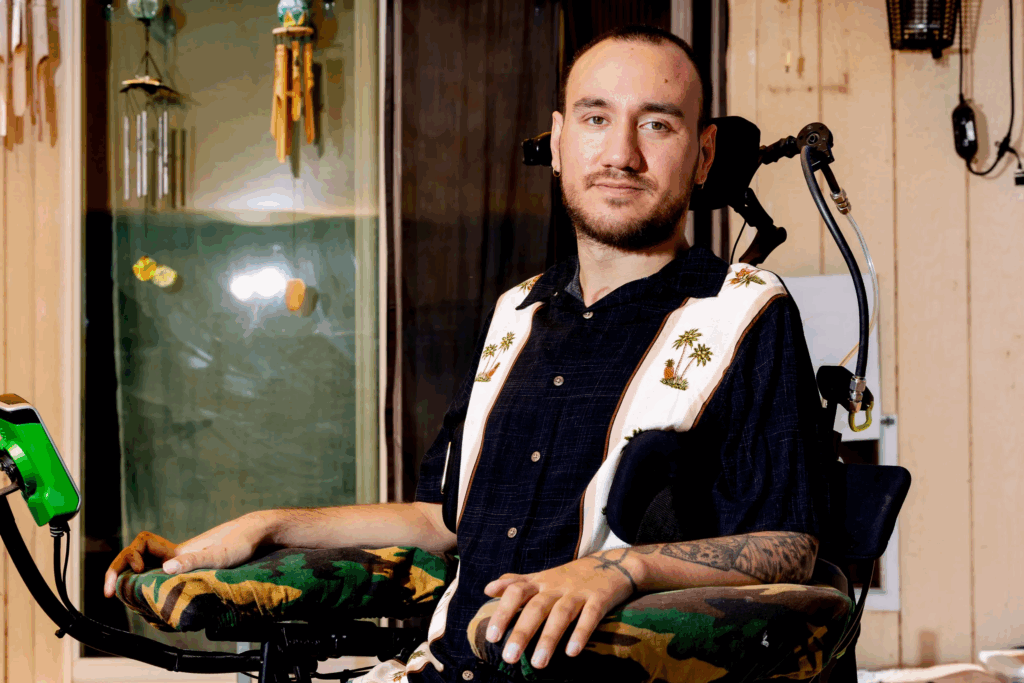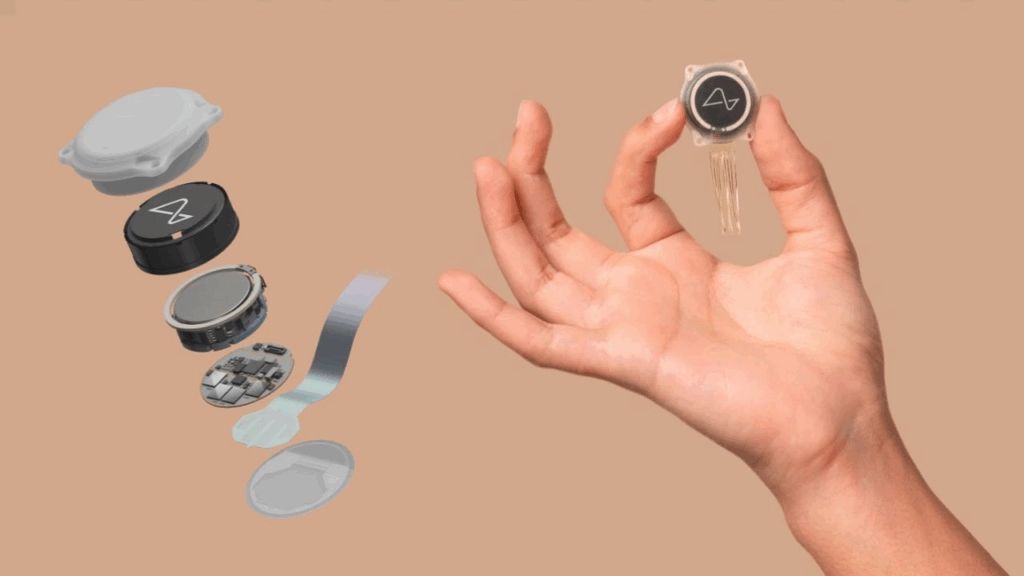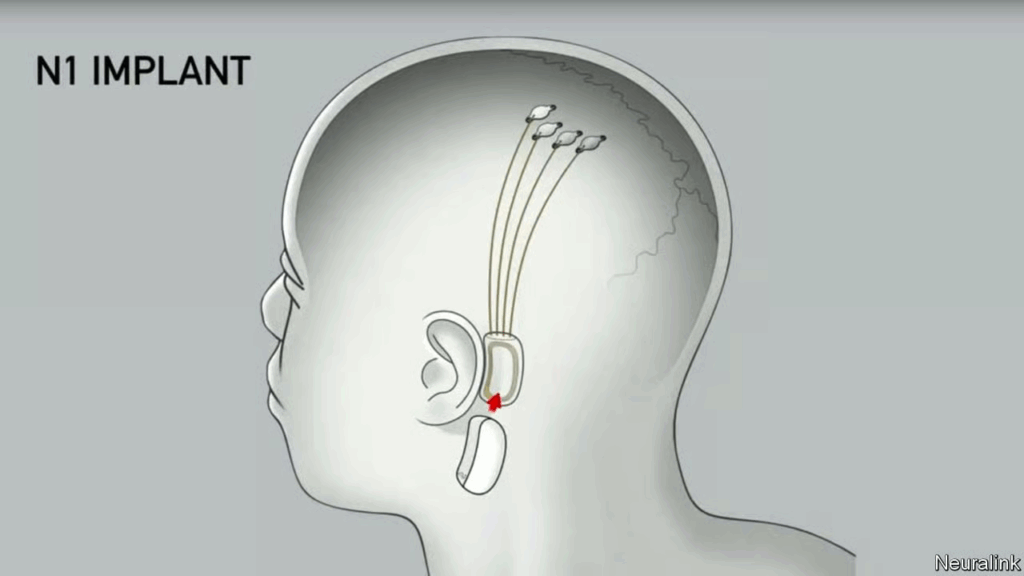Neaurlink’s BCI Creates Chances for New Experiences in Patients
Noland Arbaugh changed the narrative around brain-computer interfaces earlier this year. Now he stands on the edge of something greater. Neuralink is prepping a possible dual implant that connects the brain and spinal cord — for the first time in a human trial. Arbaugh spoke about the hopeful opportunity with open energy, calling the chance “unreal” and “amped.”
His first implant, placed in 2024, gave him a new way to interact with screens after his 2016 diving accident left him a quadriplegic. The device — named Eve — lets him type, game, write, and manage digital tasks with only thought. The next iteration tackles something that matters even more to him: walking again.
The second implant, if approved and safe to perform, would be placed in his spine and stimulate neural pathways; the pathways stopped working after the injury. The implant prioritises physical recovery rather over digital convenience. It also tests how two Neuralink devices communicate and coordinate, together, in real time.
What’s Happening & Why This Matters
The New Implant Strategy

The potential dual implant combines a brain module and a spinal module. The first deciphers Arbaugh’s intent. The second translates that intent into nerve stimulation. The updated design attempts to close the loop between mind and motion.
Neuralink co-founder Elon Musk teased the plans in several posts on X, pointing to upgraded capabilities and faster neural responses. The public comments are drawing attention, but Neuralink has not shared timing for trials or the status of the spinal hardware.
Real-World Impact
Arbaugh describes daily gains from the current implant. He writes, works, and plays strategy games online. He even wrote a book. These are real improvements to the quality of his life. But no restoration of movement.
A spinal implant attempts to restore limb function — something no commercial device has achieved yet. Research groups are showing progress:

• A University of Oxford team tested an implant designed for targeted limb recovery.
• Stanford Medicine restored partial eyesight through neural implants last month.
• Microsoft partnered with Inbrain to explore ultra-thin neural devices that manage neurological disorders in real time.
The field is advancing quickly. Arbaugh’s case sits inside that momentum.
Competition and Technology Direction

Neuralink reports implants in at least 12 people, with roughly 10,000 on a waitlist. Its surgical method remains invasive and requires a robotic drill to access the brain. A rival device from Synchron avoids drilling by deploying an interface through a blood vessel.
More medtech players are innovating in the space. Apple built a Bluetooth standard for brain implants. Nvidia is training AI systems on neural activity data. Each initiative turns BCI into a real industry, not niche experimentation.
TF Summary: What’s Next
Neuralink’s next step defines expectations for the entire BCI field. A successful brain-to-spine connection changes what patients imagine as possible. It also pressures competitors to move from theory to action.
MY FORECAST: Arbaugh is the first dual-implant recipient. Neuralink posts early data within 12–18 months. Regulators respond with new reviews, rules, and opportunities.
— Text-to-Speech (TTS) provided by gspeech


